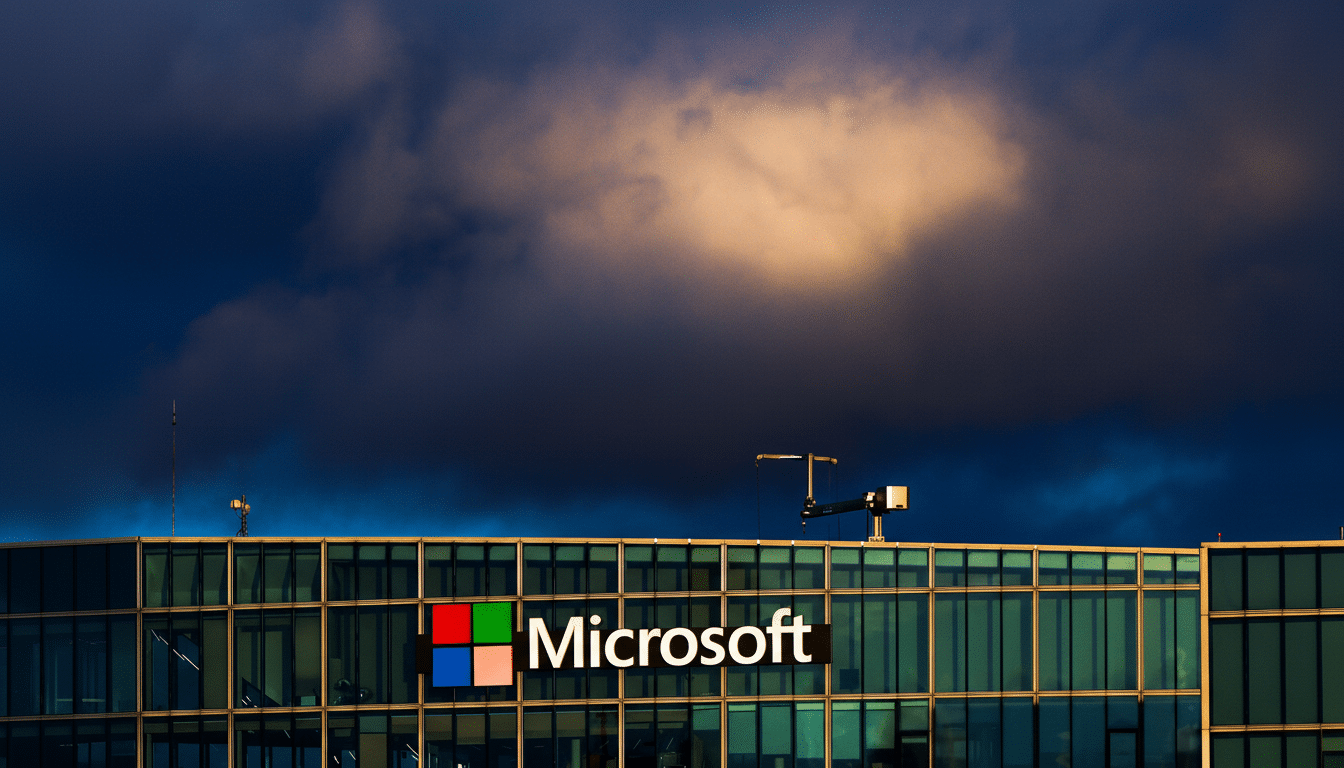AI data center provider Lambda has closed on $1.5 billion in new capital, a massive vote of confidence for the GPU infrastructure market following its recent multibillion-dollar agreement to provide Microsoft with AI compute built on tens of thousands of Nvidia GPUs. The raise highlights how rapidly purpose-built “AI factories” are emerging as a strategic front for hyperscalers and model developers in the race to secure rare high-performance chips.
Who Is Supporting Lambda and Why It Matters
The round is being led by TWG Global, a roughly $40 billion investment firm founded by Thomas Tull and Mark Walter. TWG has aggregated one of the largest committed capital bases for AI infrastructure, including a $15 billion AI-specific fund anchored by Mubadala Capital. It has also been involved in commercializing AI and had previously invested in a company that was part of an xAI and Palantir partnership to bring enterprise-grade AI agents to market.

But beyond the headline numbers, TWG’s participation suggests a change in who underwrites next-generation compute. Long-duration capital providers are piling in alongside chipmakers and cloud platforms, reflecting the gargantuan multiyear build-outs of GPU campuses, high-bandwidth networking and power procurement that lie ahead. Both are already investors in Lambda and USB, the startup founder says. “Nvidia is at the middle of this ecosystem as the accelerators that define performance ceilings.”
Microsoft Is Changing the AI Compute Map With This Tie-Up
Lambda’s deal with Microsoft comes as the software giant tries to shake off its dependence on a single GPU supplier, spread out its risk and play various cloud partners and specialized infrastructure providers against one another. Microsoft had previously signed up CoreWeave for massive capacity and was one of the largest buyers of its services, before OpenAI later said it would spend up to $12 billion on CoreWeave. The Lambda deal maintains pressure on market leaders, and suggests that hyperscalers will depend on multiple providers to ensure they can satisfy soaring demand for training and inference.
For Lambda, the Microsoft contract is more than just a revenue line—it’s validation that standalone GPU clouds can win enterprise-grade workloads and play nicely with hyperscaler platforms. The dedicated system is expected to mix dedicated clusters and interconnects that have been optimized for large model training, which are the precise configurations most requested, yet lacking.
CoreWeave Rivalry and the Hyperscaler Equation
Lambda tangles directly with CoreWeave and a growing pack of GPU-first providers while it sells its “AI factories” to hyperscalers and large enterprises. This dual tactic — running its own cloud while building clusters for other people — mirrors how the market is working. Clients need dedicated capability without losing cloud integration, and the providers who can offer both will win share as training runs scale and production deployments multiply.
Independent analysts have noted that AI data centers are currently the fastest-growing segment of cloud-infrastructure spend. Research firms monitoring capex among leading platforms have noted double-digit growth in spending on AI, with power, networking and cooling growing as critical as the GPUs themselves. (The International Energy Agency has also cited electricity demand from data centers as a major planning issue for policymakers and utilities, further cementing the moat around operators that can get long-term power and grid interconnects.)

Where the $1.5 Billion Would Go Across Infrastructure
Look for Lambda to spread the money around four pressure points: GPU supply, high-speed fabric, power and cooling, and data center real estate. On the compute side, customers increasingly need tightly coupled clusters with low-latency interconnect and high memory bandwidth for advanced-scale training at the frontier of AI. In networking, we are seeing the move from 400G to early 800G deployments while operators are spending big on InfiniBand and Ethernet fabrics that can scale out to thousands of nodes.
Power contracts and thermal efficiency are equally important. Today’s GPU halls regularly aim for liquid cooling and aggressive PUE numbers to leverage denser racks. With next-generation accelerators approaching, operators that prescale for higher TDP envelopes will also be best positioned to absorb fast hardware refresh cycles with no wasted capacity.
Valuation, IPO Signals, and the Market Backdrop
Lambda’s funding also dwarfs previous rumors about fundraising and comes after a previous $480 million Series D that carried an estimated $2.5 billion valuation, according to PitchBook. Market speculation in recent months has pegged a raise in the hundreds of millions at north of a $4 billion valuation, though the company hasn’t shared its new valuation and also declined to comment. It forces investors, with the scale and strategic anchor customers, to keep an eye on any eventual IPO when revenue visibility and supply commitments become long term.
More broadly, the agreement underscores how power is concentrating around a small number of GPU-heavy operators and the handful of financiers willing to underwrite multiyear buildouts. As supply chains settle in and newer accelerators land, that balance could swing away from scarcity premiums to long-term contracts that reward reliability, power efficiency and proximity to enterprise data.
What This Means for AI Builders and Enterprises
More Lambda capacity could also help startups and research teams get off waitlists, cut back on the volatility when they price demand-based access to GPUs, but at a stiff discount given that it is reserved for committed customers like Microsoft. Businesses get redundancy from multiple sources and the ability to put workloads on dedicated clusters as well, while data pipelines and governance remain consistent with their main cloud.
The bottom line is simple enough: compute continues to be king, and capital follows it. With the involvement of TWG Global and Microsoft’s validation of the model, Lambda is poised to be one of very few non-hyperscaler platforms that can deliver durable, large-scale AI infrastructure at the speed at which we now need it in industry.

